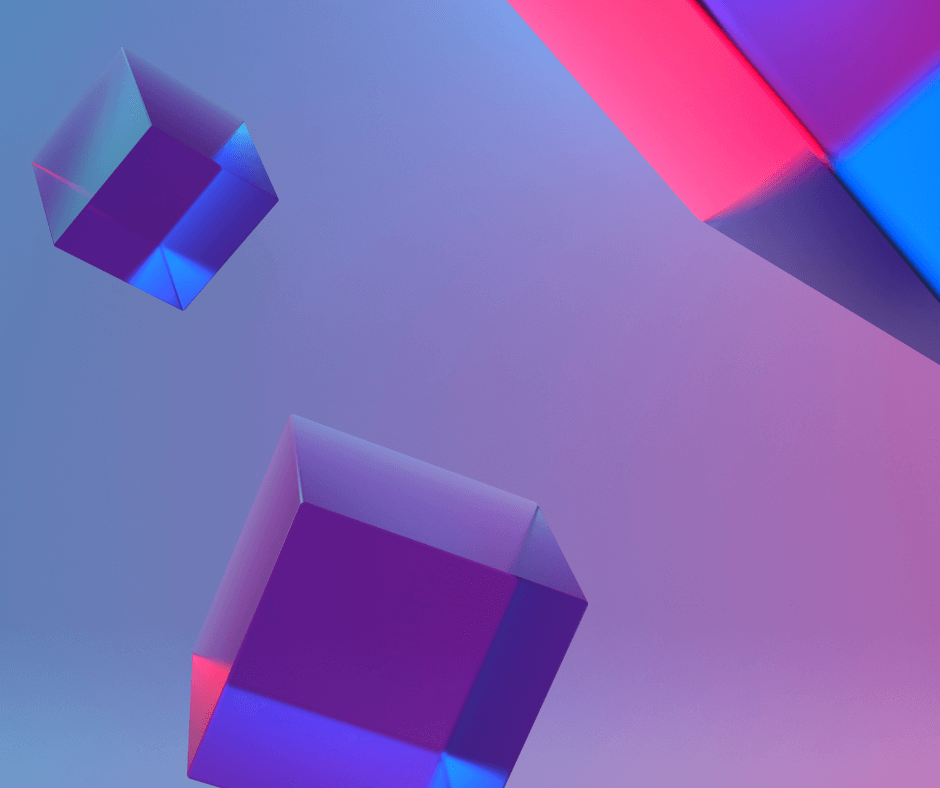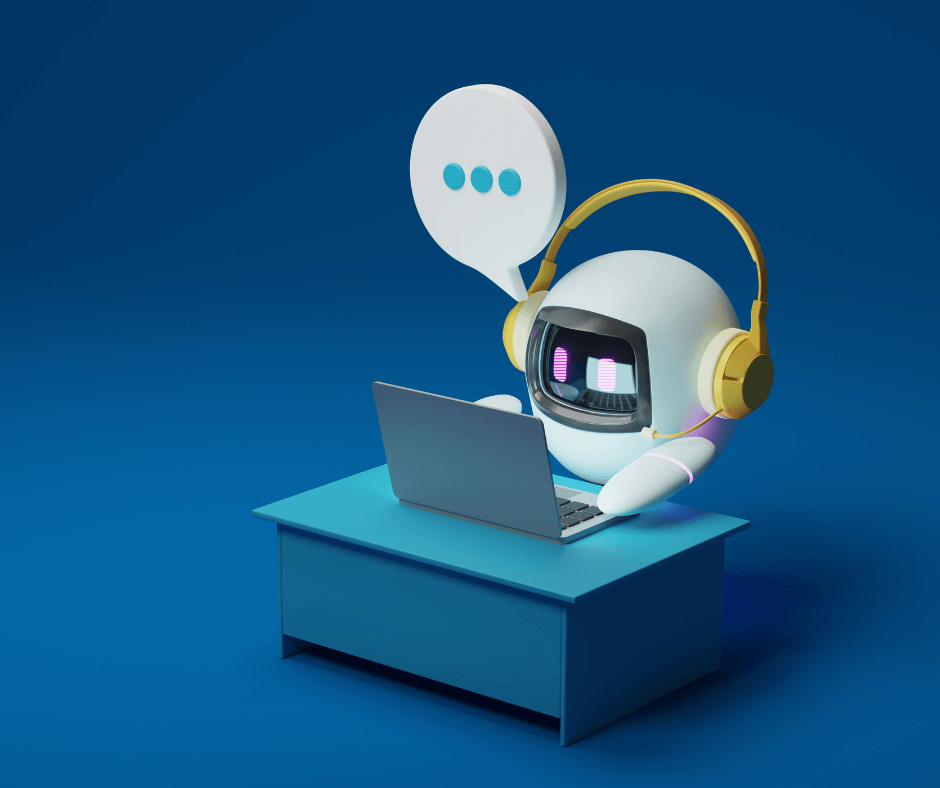Embark on a journey into the future of web design as we unveil the anticipated trends poised to redefine the digital landscape in 2024 and beyond. The evolution of technology continues to shape user experiences, and in this exploration, we delve into the exciting possibilities that await. From immersive 3D elements and sophisticated micro interactions to the integration of artificial intelligence and augmented reality, the next era of web design promises innovation and creativity like never before. Join us as we uncover the intricacies of these trends, providing insights that will empower designers, businesses, and digital enthusiasts to stay ahead in the dynamic realm of online aesthetics.

1. Immersive 3D Elements: Continued integration of three-dimensional elements for a more immersive user experience. 3D graphics, illustrations, and interactive elements that respond to user actions.
2. Dark Mode and Light Mode Options:
Increased focus on providing users with the option to choose between dark and light modes. Designs that seamlessly transition between modes without sacrificing aesthetics.
3. Neomorphic Design:
Evolution of neomorphism, a design style that incorporates soft shadows and highlights for a more tactile appearance. Subtle gradients and layered elements to create a sense of depth.
4. Advanced Microinteractions:
Microinteractions becoming more sophisticated and intuitive. Interactive elements for a seamless and engaging user experience.
5. Artificial Intelligence Integration:
More websites incorporating AI for personalized user experiences. Chatbots and virtual assistants with advanced capabilities for enhanced user interaction.
6. Immersive Storytelling:
Continued emphasis on storytelling through web design. Use of multimedia elements, such as video backgrounds and parallax scrolling, to convey narratives.

7. Minimalistic and Simplified Design:
Continued preference for clean and minimalist design aesthetics. Simplified user interfaces with a focus on essential elements and intuitive navigation.
8. Augmented Reality (AR) Elements:
Integration of AR elements to enhance user engagement. AR for product visualization, virtual try-ons, or interactive brand experiences.
9. Dynamic Typography:
Greater experimentation with typography, including variable fonts. Animated and dynamic text elements to capture user attention.
10. Voice User Interface (VUI):
Increased adoption of voice-activated interfaces. Web designs that accommodate voice commands and interactions.
11. Data Visualization:
Enhanced data visualization techniques for conveying complex information. Interactive charts, graphs, and infographics for a more engaging presentation.
12. Sustainability and Eco-Friendly Design:
Growing emphasis on sustainable design practices. Websites that communicate a commitment to eco-friendly values through design choices.
